#The Jewel of The World
Photo


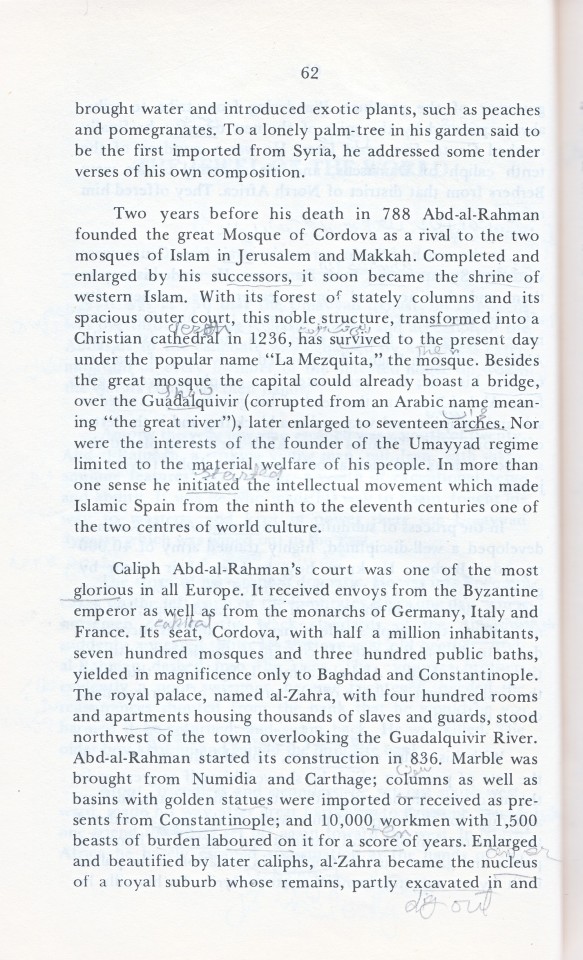

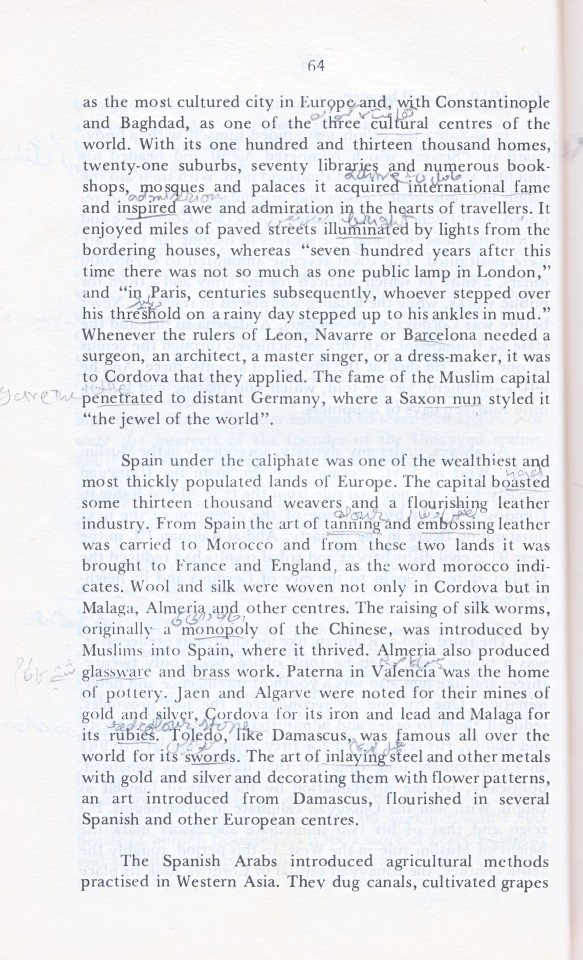
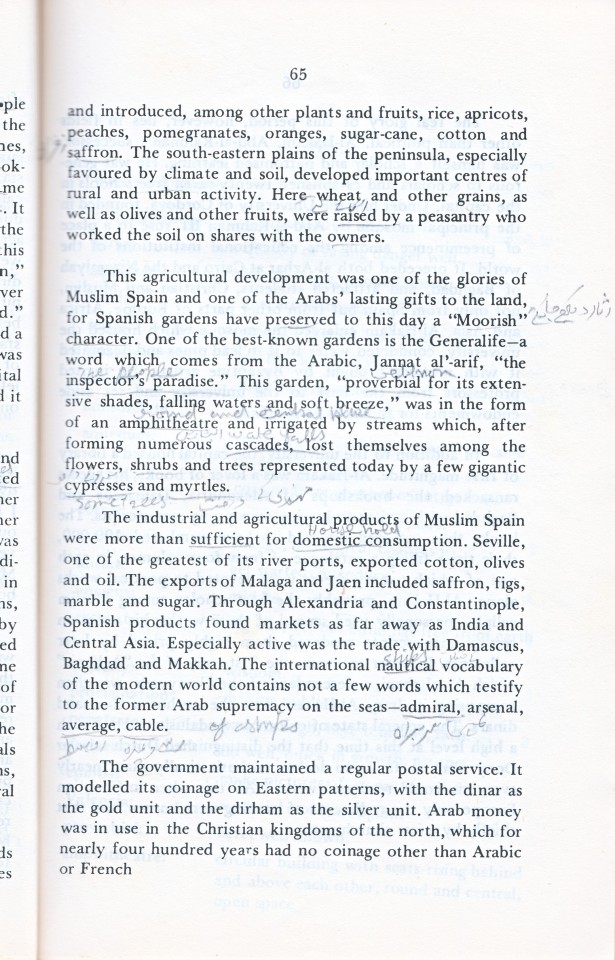


THE JEWEL OF THE WORLD
by Philip K. Hitti
#THE JEWEL OF THE WORLD#Philip K. Hitti#Philip Khuri Hitti#INTERMEDIATE ENGLISH BOOK – II (Modern Proses and Heroes) FOR INTERMEDIATE CLASSES#Published by IZHARSONS 19 - Urdu Bazar Lahore. FOR PUNJAB TEXTBOOK BOARD LAHORE#August 1988#1988#PUNJAB TEXTBOOK BOARD#PUNJAB TEXTBOOK BOARD LAHORE#19 - Urdu Bazar Lahore#Urdu Bazar Lahore#IZHARSONS#Published by IZHARSONS#INTERMEDIATE ENGLISH BOOK – II#Modern Proses and Heroes#FOR INTERMEDIATE CLASSES
0 notes
Text
TWSB 805화
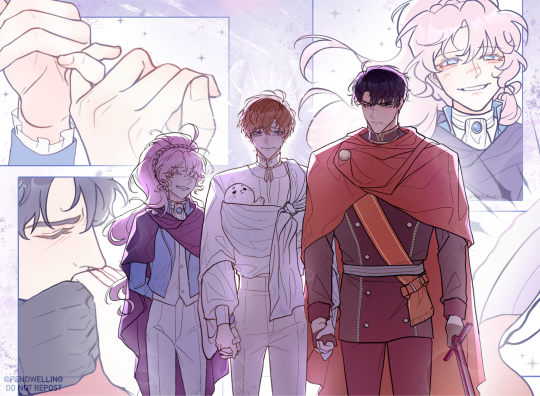
My Earth, my Moon, my Sun.
(I'll be waiting for you to come and find me again.)
#TWSB SPOILERS#Ga-in admitting that shes someone who cannot live without him.....#when the third wheel strikes back#I JUST WANT CYC TO BE HAPPY 😭😭😭#cedyeschris#Christelle de Sarnez#Ham Ga-in#Jung Yeseo#Cédric Riester#twsb#섭남파업#서브 남주가 파업하면 생기는 일#MY ART#“twsb is not a romance novel” and yet CJC's relationship built on trust reverence love and companionship exists#THEYRE THE SOULMATES TO EVER SOULMATE#UHRGEGGDHDHHH THEY PROMISED TO FIND HIM IN THE OTHER WORLD 😭😭😭😭😭#YESEO SAID HE'LL BE WAITING..... IM SO UNWELL#THE CLIFFHANGER OF THIS CHAPTER WAS SO EVIL#Yeseo calling Ga-in his continent and earth..... a sparkling jewel that holds all his memories together....#Cédric reverently kissing the back of Yeseo's hand.........#im so devastated my guys#twsb fanart
494 notes
·
View notes
Text

Everyone needs a friendship like the terror twins.
#rhea ripley#damian priest#the judgement day#i love the terror twins#terror twins#friendship#love them#crown jewel#crown jewel 2023#wwe#wwe women’s world champion
450 notes
·
View notes
Text


Cycle.

#kagome#kagome higurashi#shikon no tama#shikon jewel#inuyasha#inuyasha fanart#犬夜叉#fanart#animanga#digital art#procreate#artists on tumblr#drawtober#artnisa#bets in the tags on how long YOU 🫵 would last inside the Shikon Jewel!#yeah yeah inuyasha's meido monologue we've all seen it#but what about kagome's unwavering faith in the face of a prophecy coming to pass? esp when she thought the Big Bad was Over?#and her outright refusal to bend to the will of some silly shiny ball who can't handle change!#Bravest Girl in the World Award goes to Miss Kagome Higurashi#and that's why Inuyasha is stupid in love with her ty for understanding#hang on tight girly he's coming. he always does :D
365 notes
·
View notes
Photo

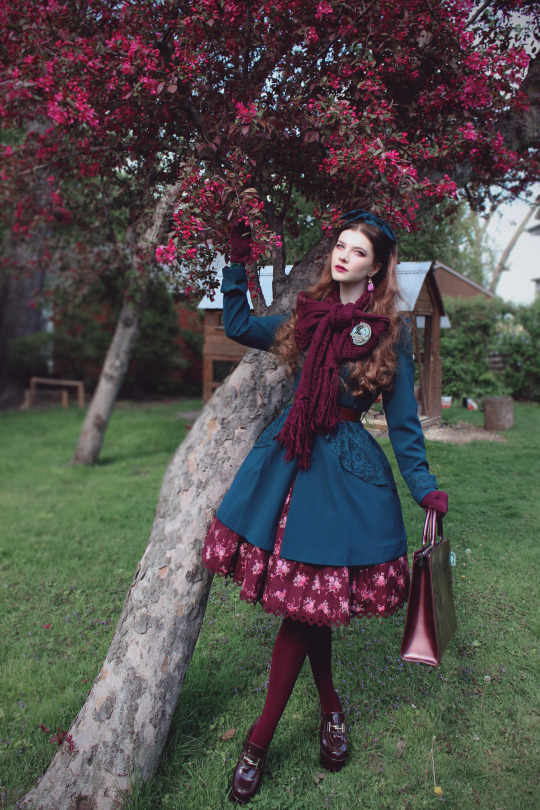
Le temps des pommetiers pourpres en fleurs
Outfit rundown
Coat: old Axes Femme
Skirt: second-hand Innocent World
Shoes: second-hand Yosuke
Bag: second-hand Jean Paul Gaultier
Brooch: Design Festa
Everything else is random offbrand
#fashion#egl#egl fashion#lolitafashion#classiclolita#vintage#vintage style#vintage fashion#retro fashion#retro style#jfashion#innocent world#axes femme#second-hand fashion#long hairstyles#mekeup#hooded eye#spring fashion#jewel tones#florals#portrait#apple tree#fashion photography#alternative fashion#fanny rosie#fannyrosie
451 notes
·
View notes
Text
Nothing is stronger than the bond between a girl and a piece of media they brushed off 10 years ago that they now realized is the greatest thing ever made
#In this context 'girl' refers to everyone this has happened to#I've already told the story about how I watched half of the first ep of khr and turned it off cuz I thought tsuna annoying#I did it with mairuma too I saw it coming out and just ignored it cuz I thought the concept was generic#And only picked it up when the manga was updating#Fukimono I read like up to when they go to the yokai world and never got to it till I got super sick actual YEARS afterwards#Sad to say but blue exorcist technically counts cuz I read 5 chapters ans stopped but it's cuz I got busy its not cuz I STOPPED liking aoex#I never stop liking blue exorcist this is for life#Jeweler richard anime I got to ep 6 and was convinced for a while it was mid and yeah the anime is but the manga/LN is amazing#I did this with a ton of vocaloid artists too#Let's not bury the lead (I say as bury the lead)#This post is actually cuz I've been binge reading yohaji#I have vague memories of looking at it so fucking long ago and thinking the first chapter was vulgar but once u get passed that hump wow#It's so good#I'm gonna make a separate post about hmmgm#Tell me what yall did this to thanks#Khr#Hitman reborn#Mairuma#mairimashita! iruma kun#fukigen na mononokean#fukimono#blue exorcist#ao no exorcist#Jeweler richard#yohaji#Fuck what's the full yohaji title#Oh well
157 notes
·
View notes
Text
have my assortment of various bings from this past week or so 👍
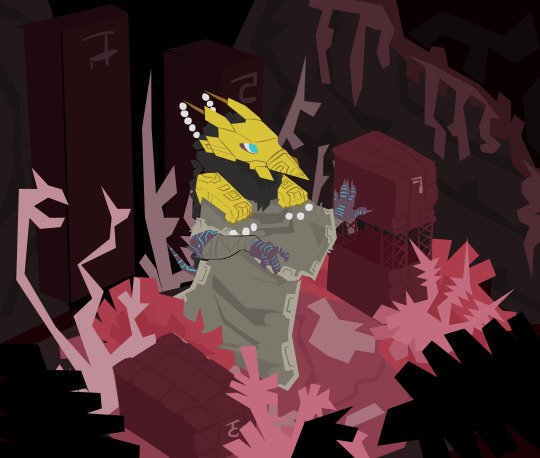

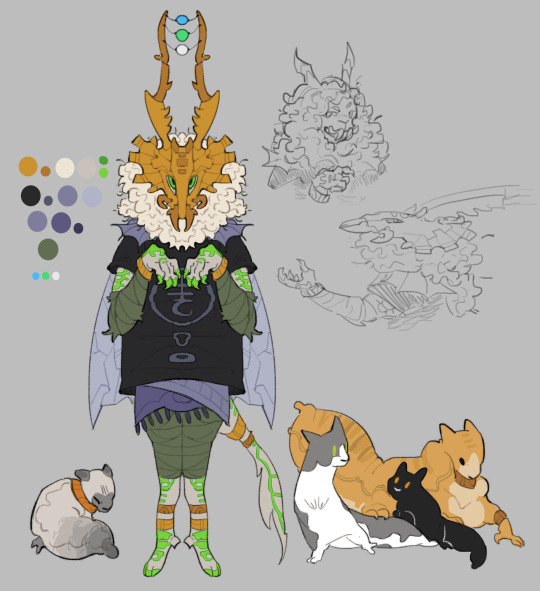

#rain world#rainworld#rain world oc#rainworld oc#rw ancients#rw iterator#rw benefactors#jewels frolicking in moss fields because i wanted to do some bg practice#along with pc turned iterator and my ancient sona :]#and jewels for ant cause i wanted to try doing pixel art again#rw#my art#anywaays thats all
79 notes
·
View notes
Text




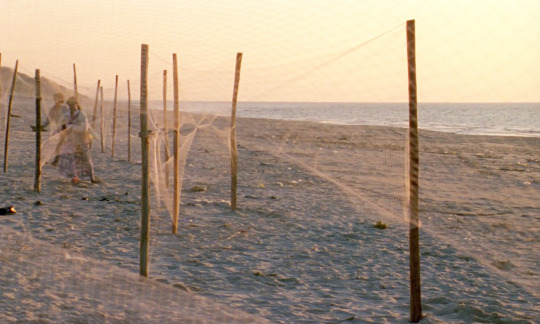
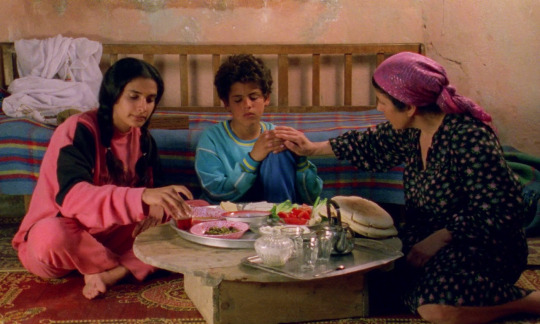
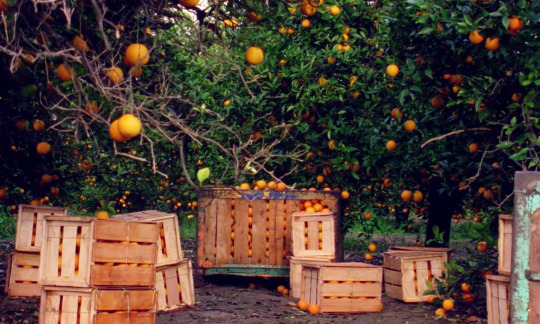
Tale of the Three Jewels (1995, Michel Khleifi)
155 notes
·
View notes
Text


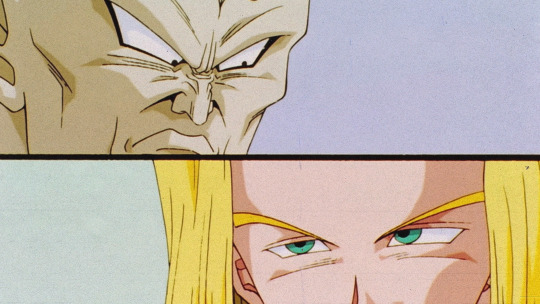

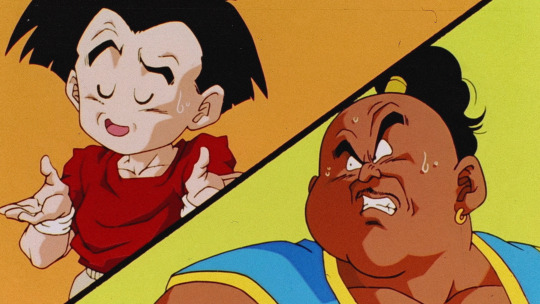


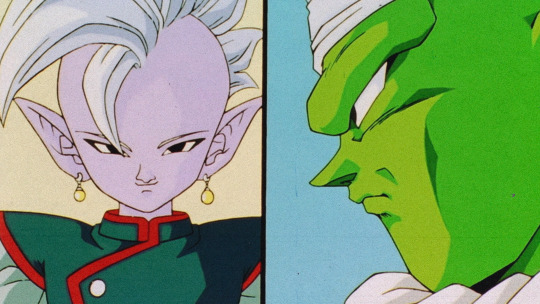
25th World Martial Arts Tournament | Dragon Ball Z | World Tournament Saga
#dragon ball z#dragon ball#dragon ball super#goku#akira toriyama#martial arts#piccolo#gohan#sci fi#vegeta#world martial arts tournament#tenkaichi budokai#supreme kai#kibito#mr satan#android 18#killa#jewel#spopovich#yamu#pintar#mighty mask#goten#trunks#videl#krillin
99 notes
·
View notes
Text
It was in 750, as we have noted, that the Umayyad dynasty in Damascus was overthrown by the Abbasid family ; and as we have also seen, the accession of the Abbasids to the caliphate was signalized by a ruthless extermination of every member of the defeated house on whom the victors could lay their hands.
Among the very few who escaped was a youth of twenty, Abd-al-Rahman, a striking young man, tall, lean, with sharp, aquiline features and red hair — a youth of exceptional nerve and ability. It was he who made his way to Spain, fought his way to mastery, and kept in power there the Umayyad dynasty which was wiped out in the east.
The story of his escape is dramatic. He was in a Bedouin camp on the left bank of the Euphrates River one day, when horsemen carrying the black standards of the Abbasids suddenly appeared. With his thirteen-year-old brother, Abd-al-Rahman dashed into the river. The younger brother, evidently a poor swimmer, became frightened, heeded the reassurances shouted from the bank that he would be unharmed if he returned, and swam back. He was killed. The older boy kept on and gained the opposite bank.
Afoot, friendless and penniless, he set out south-westward, made his way after great hardships to Palestine, found one friend there, and set off again toward the west. In North Africa he barely escaped assassination at the hands of the governor of the province. Wandering from tribe to tribe, always pursued by the spies of the new dynasty, he finally reached Ceuta, five years later. He was a grandson of the tenth caliph of Damascus, and his maternal uncles were Berbers from that district of North Africa. They offered him refuge.
In the south of Spain, across the strait from Ceuta, were stationed Syrian troops from Damascus. He made his way to them and they accepted him as leader. One southern city after another opened its gates to him. It took him some years more to bring all of Spain to subjection, but he persisted. The Abbasid caliph in Baghdad appointed a governor of Spain to contest his rule ; two years later that caliph received a gift from Abd-al-Rahman : the head of his governor, preserved in salt and camphor and wrapped in a black flag and in the diploma of appointment. " Thanks be to Allah for having placed the sea between us and such a foe ! " was the caliph's fervent rejoinder. In a passage at arms which has been immortalized in the literature of the West, Charlemagne, king of the Franks, also learned the quality of this redoubtable adversary. Considered an ally of the Abbasid caliph and a natural enemy of the new amir, or sultan, as Abd-al-Rahman called himself, Charlemagne had sent troops in 778 through the north-eastern Spanish marches as far as Saragossa, but had to withdraw when that city closed its gates in his face and domestic enemies threatened his authority at home. On its via dolorosa of retreat through the defiles of the Pyrenees, the Frankish army was attacked in its rear by Basques and other mountaineers and suffered disastrous losses in men and baggage. Among the leaders who fell was Roland. His heroic defence has been immortalized in the Chanson de Roland, not only a master- piece of French literature but one of the most striking epics of medieval times.
In the process of subduing his adversaries Abd-al-Rahman developed a well-disciplined, highly trained army of 40,000 or more mercenary Berbers. He knew how to keep their favour by generous pay. In 757 he discontinued the Friday sermon hitherto delivered in the name of the Abbasid caliph, but did not assume the caliphal tide himself. He and his successors down to Abd-al-Rahman III contented themselves with the title " amir ", though ruling independently. Under Abd-al- Rahman I Spain had thus been the first province to shake off the authority of the recognized caliph in Islam.
With his realm consolidated and temporarily pacified, Abd-al-Rahman turned to the arts of peace, in which he showed himself as great as in the art of war. He beautified the cities of his domain, built an aqueduct for the supply of pure water to the capital, initiated the construction of a wall round it and erected for himself a palace and garden outside Cordova in imitation of the palace built by an ancestor in north-eastern Syria. To his villa he brought water and introduced exotic plants, such as peaches and pomegranates. To a lonely palm tree in his garden, said to be the first imported from Syria, he addressed some tender and nostalgic verses of his own composition.
Two years before his death in 788 Abd-al-Rahman founded the great Mosque of Cordova as a rival to the two sanctuaries of Islam in Jerusalem and Mecca. Completed and enlarged by his successors, it soon became the shrine of Western Islam. With its forest of stately columns and its spacious outer court, this monumental structure, trans- formed into a Christian cathedral in 1236, has survived to the present day under the popular name " La Mezquita ", the mosque. Besides the great mosque the capital could already boast a bridge, over the Guadalquivir (corrupted from an Arabic name meaning " the great river "), later enlarged to seventeen arches. Nor were the interests of the founder of the Umayyad regime limited to the material welfare of his people. In various ways he diligently strove to fashion into one nation Arabians, Syrians, Berbers, Numidians, Hispano-Arabs and Goths — a rather hopeless task ; and in more than one sense he initiated the intel- lectual movement which made Islamic Spain from the ninth to the eleventh centuries one of the two centres of world culture.
Caliph Abd-al-Rahman's court was one of the most glamorous in all Europe. Accredited to it were envoys from the Byzantine emperor as well as from the monarchs of Germany, Italy and France. Its seat, Cordova, with half a million inhabitants, seven hundred mosques and three hundred public baths, yielded in magnificence only to Baghdad and Constantinople. The royal palace, with four hundred rooms and apartments housing thousands of slaves and guards, stood north-west of the town on one of the spurs of the Sierra Morena overlooking the Guadalquivir River. Abd-al-Rahman III started its construction in 936 with money left, so the legend goes, by one of his concubines who willed that the fund be used for ransoming captives in Christian hands ; but since none were found he acted on the suggestion of his other concubine, al-Zahra, " she with the bright face ", and erected this palatial mansion which he named after her. Marble was brought from Numidia and Carthage ; columns as well as basins with golden statues were imported or received as presents from Constantinople ; and 10,000 workmen with 1,500 beasts of burden laboured on it for a score of years. Enlarged and embellished by later caliphs, al-Zahra became the nucleus of a royal suburb whose remains, pardy excavated in and after 1910, can still be seen.
In al-Zahra the caliph surrounded himself with a body- guard of " SJavs " which numbered 3,750 and beaded his standing army of a hundred thousand men. At first applied to slaves and prisoners captured by Germans and others from among the Slavonic tribes and sold to the Arabs, the name Slav was later given to all purchased foreigners : Franks, Galicians, Lombards and the like, who as a rule were secured young and Arabicized. With the aid of these "Janissaries " or " Mamluks " of Spain the caliph not only kept treason and brigandage in check but reduced the influence of the old Arab aristocracy. Commerce and agri- culture flourished and the sources of income for the state were multiplied. The royal revenue amounted to 6,245,000 dinars, a third of which sufficed for the army and a third for public works, while the balance was placed in reserve. Never before was Cordova so prosperous, Andalusia so rich and the state so triumphant. All this was achieved through the genius of one man. He died at the ripe age of seventy- three. And he left a statement, we are told, which said that he had known only fourteen days of happiness.
As always, under any dynasty, sovereignty in the Moslem world, West or East, was unstable and precarious. In Spain the Umayyad dynasty kept the nominal rule from the time Abd-al-Rahman I imposed it ; but by the time of the accession of the next outstanding figure in the dynasty, Abd-al-Rahman III, in the year 912, civil disturbances, tribal revolts and general political incompetence on the part of the amirs had reduced the organized Moslem state of Spain to the city of Cordova and its environs.
This third Abd-al-Rahman, like his illustrious pre- decessor, was a young man when he took office, being only twenty-three ; and like him also was a youth of intelligence and determination. One by one he reconquered the lost provinces, reduced them to order, and administered them with sagacity and ability. His reign lasted for fifty years, from 912 to 961, an exceptionally long time for that day ; it was signalized, politically, by the proclamation by the amir of himself as caliph. With him the Umayyad caliphate in Spain begins. His reign, and that of his two immediate successors, mark the height of Moslem rule in the West. In this period, roughly the tenth century, the Umayyad capital of Cordova took its place as the most cultured city in Europe and, with Constantinople and Baghdad, as one of the three cultural centres of the world. With its one hundred and thirteen thousand homes, twenty-one suburbs, seventy libraries and numerous bookshops, mosques and palaces, it acquired international fame and inspired awe and admira- tion in the hearts of travellers. It enjoyed miles of paved streets illuminated by lights from the bordering houses, whereas " seven hundred years after this time there was not so much as one public lamp in London ", and " in Paris, centuries subsequently, whoever stepped over his threshold on a rainy day stepped up to his ankles in mud ".
The Arab attitude toward the Nordic barbarians found expression in the words of the learned Toledan judge Said, who thought that " because the sun does not shed its rays directly over their heads, their climate is cold and atmo- sphere clouded. Consequently their temperaments have become cold and their humours rude, while their bodies have grown large, their complexion light and their hair long. They lack withal sharpness of wit and penetration of intellect, while stupidity and folly prevail among them." Whenever the rulers of Leon, Navarre or Barcelona needed a surgeon, an architect, a master singer, or a dressmaker, it was to Cordova that they applied. The fame of the Moslem capital penetrated distant Germany, where a Saxon nun styled it " the jewel of the world".
Spain under the caliphate was one of the wealthiest and most thickly populated lands of Europe. The capital boasted some thirteen thousand weavers and a flourishing leather industry. From Spain the art of tanning and embossing leather was carried to Morocco and from these two lands it was brought to France and England, as the terms cordovan, cordwainer and morocco indicate. Wool and silk were woven not only in Cordova but in Malaga, Almeria and other centres. The raising of silkworms, originally a mono- poly of the Chinese, was introduced by Moslems into Spain, where it thrived. Almeria also produced glassware and brasswork. Paterna in Valencia was the home of pottery. Jaen and Algarve were noted for their mines of gold and silver, Cordova for its iron and lead, and Malaga for its rubies. Toledo, like Damascus, was famous all over the world for its swords. The art of inlaying steel and other metals with gold and silver and decorating them with flower patterns, which was introduced from Damascus, flourished in several Spanish and other European centres and left a linguistic heritage in such words as damascene and damaskeen.
The Spanish Arabs introduced agricultural methods practised in Western Asia. They dug canals, cultivated grapes and introduced, among other plants and fruits, rice, apricots, peaches, pomegranates, oranges, sugar cane, cotton and saffron. The south-eastern plains of the peninsula, especially favoured by climate and soil, developed important centres of rural and urban activity. Here wheat and other grains, as well as olives and sundry fruits, were raised by a peasantry who worked the soil on shares with the owners.
This agricultural development was one of the glories of Moslem Spain and one of the Arabs' lasting gifts to the land, for Spanish gardens have preserved to this day a " Moorish " character. One of the best-known gardens is the Generalife — a word which comes from the Arabic jannat al-arif, " the inspector's paradise " — a monument of the late thirteenth century whose villa was one of the out- lying buildings of the Alhambra. This garden, " proverbial for its extensive shades, falling waters and soft breeze ", was terraced in the form of an amphitheatre and irrigated by streams which, after forming numerous cascades, lost them- selves among the flowers, shrubs and trees represented today by a few gigantic cypresses and myrtles.
The industrial and agricultural products of Moslem Spain were more than sufficient for domestic consumption. Seville, one of the greatest of its river ports, exported cotton, olives and oil ; it imported cloth and slaves from Egypt and singing girls from Europe and Asia. The exports of Malaga and Jaen included saffron, figs, marble and sugar. Through Alexandria and Constantinople Spanish products found markets as far away as India and Central Asia. Especially active was the trade with Damascus, Baghdad and Mecca. The international nautical vocabulary of the modern world contains not a few words which testify to the former Arab supremacy on the seas — admiral, arsenal, average, cable, shallop.
The government maintained a regular postal service. It modelled its coinage on Eastern patterns, with the dinar as the gold unit and the dirham as the silver unit. Arab money was in use in the Christian kingdoms of the north, which for nearly four hundred years had no coinage other than Arabic or French.
The real glory of this period, however, lies in fields other than political. Al-Hakam, Abd-al-Rahman Ill's successor, was himself a scholar and patronized learning. He granted munificent bounties to scholars and established twenty-seven free schools in the capital. Under him the University of Cordova, founded in the principal mosque by Abd-al- Rahman III, rose to a place of pre-eminence among the educational institutions of the world. It preceded both al-Azhar of Cairo and the Nizamiyah of Baghdad, and attracted students, Christian and Moslem, not only from Spain but from other parts of Europe, Africa and Asia. Al-Hakam enlarged the mosque which housed the university, conducted water to it in lead pipes and decorated it with mosaics brought by Byzantine artists. He invited professors from the East to the university and set aside endowments for their salaries.
In addition to the university the capital housed a library of first magnitude. Al-Hakam was a bibliophile ; his agents ransacked the bookshops of Alexandria, Damascus and Baghdad with a view to buying or copying manuscripts. The books thus gathered are said to have numbered 400,000, their titles filling a catalogue of forty-four volumes, in each one of which twenty sheets were devoted to poetical works alone. Al-Hakam, probably the best scholar among Moslem caliphs, personally used several of these works ; his marginal notes on certain manuscripts rendered them highly prized by later collectors. In order to secure the first copy of the Aghani, which al-Isbahani, a descendant of the Umayyads, was then composing in Iraq, al-Hakam sent the author a thousand dinars. The general state of culture in Andalusia reached such a high level at this time that the distinguished Dutch scholar Dozy went so far as to declare enthusiastic- ally that " nearly everyone could read and write " — all this when in Christian Europe only the rudiments of learning were known, and that chiefly by a few churchmen.
The Jewel of The World by Philip K. Hitti
#The Jewel of The World by Philip K. Hitti#The Jewel of The World#Philip K. Hitti#Philip Khuri Hitti
0 notes
Text
This Chao was definitely obtained through natural means...
#chao#chao garden#chao world#sonic adventure 2 battle#sonic adventure 2#sonic the hegehog#sth#neutral chao#jewel chao#video post#Yugyu#Spinch-San
189 notes
·
View notes
Text


Black Heel Sanjia, Drag Daughter of Queen of Queens Emporio Ivankov
How Sanji’s time on Transgender Island SHOULD have turned out
#OPLA writers there is still time#one piece#vinsmoke sanji#drag princess Sanji means more to me than all the jewels in all the world
188 notes
·
View notes
Text
Someone get me a napkin I can’t stop drooling.
#rhea ripley#wwe#wwe womens wrestling#rhea#ripley#crown jewel#wwe women’s world champion#she retains#and still
229 notes
·
View notes
Text

My take on Blaze's design if she was in Boom-verse... Nothing much changed but there're more room to show off her gold accessories indicating her being a royal princess. A sheer shawl is added bc I think it's whimsical and dreamy in terms of design as well as acting like a barrier (not really... lol)
#blaze the cat#Boom!Blaze#Boom-verse#my art lol#ngl I might add more bc i think there'rs still room for some more gold accessory...#a princess gotta show off her jewels#I have her Boom lore written out#someday I will share it to the world
66 notes
·
View notes
Text


UMMM YES???
#ABSOLUTELY GIVING ERIC DRAVEN#TWO WORLDS COLLIDE#rhea ripley#eric draven#the crow#the judgement day#wwe#crown jewel
103 notes
·
View notes
Text


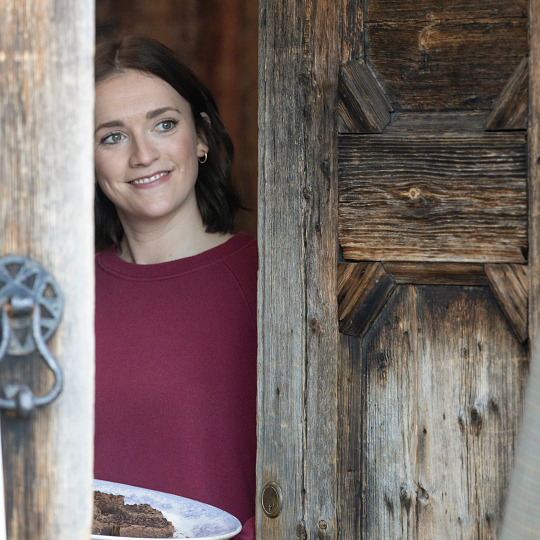
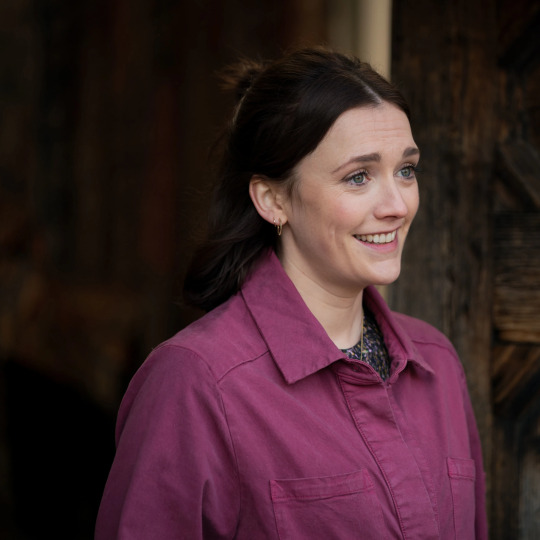



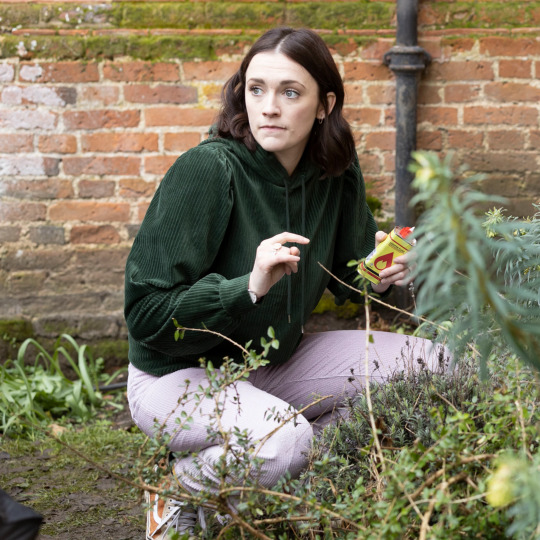


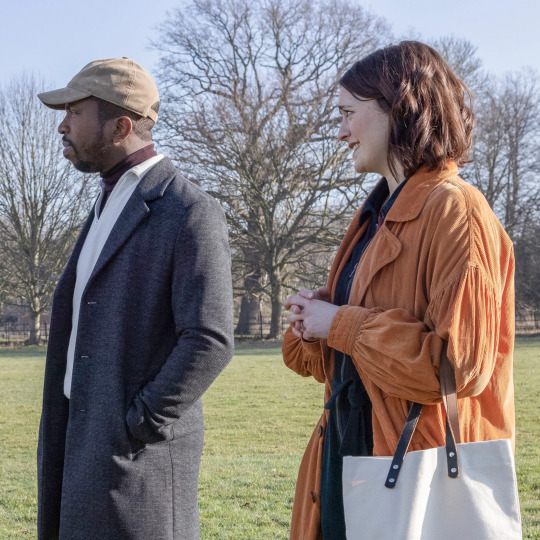





Alison promo pics! From TVZoneUK [X]
#bbc ghosts#bbc ghosts s5#alison cooper#jewel tones#some classic worried/scheming alison faces here#she's coming back toniiight aaah#world’s most beautiful harassed millennial returning imminently#I want a happy ending for her and mike so much ♡
112 notes
·
View notes